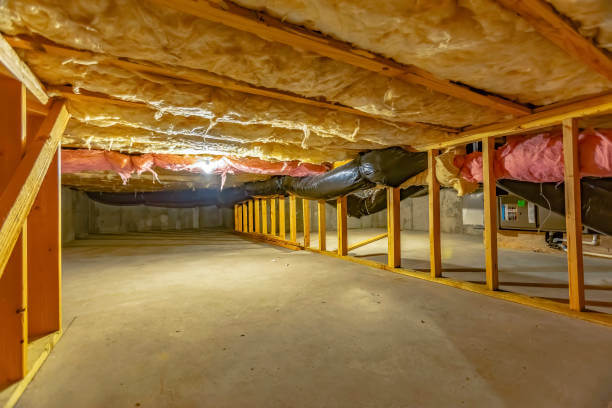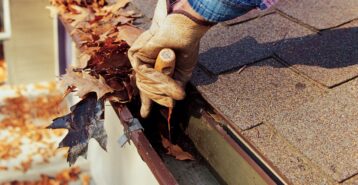Are you doing a tree services project?
Modernize can pair you with three to four pros in your area, so you can compare options and save time and money.
When it comes to maintaining the health and appearance of your trees, timing is everything. A common question among homeowners and garden enthusiasts is, “When is the best time to trim trees?” While different seasons offer their unique advantages for tree trimming, winter stands out for several reasons. This article explores why winter might be the ideal time for tree trimming, along with important considerations to keep in mind.
Why Winter is Often Ideal for Tree Trimming
Winter presents several distinct advantages when it comes to tree trimming, making it an ideal time for this important maintenance task. Here’s a look at why winter could be the best time to trim your trees.
Visibility and Access
In winter, when deciduous trees shed their leaves, the tree’s structure becomes more visible. This clarity makes it easier to identify dead or diseased branches, crossed limbs that may rub against each other, and any structural issues that need attention. Additionally, with reduced foliage, arborists have better access to assess and trim the tree more thoroughly and precisely.
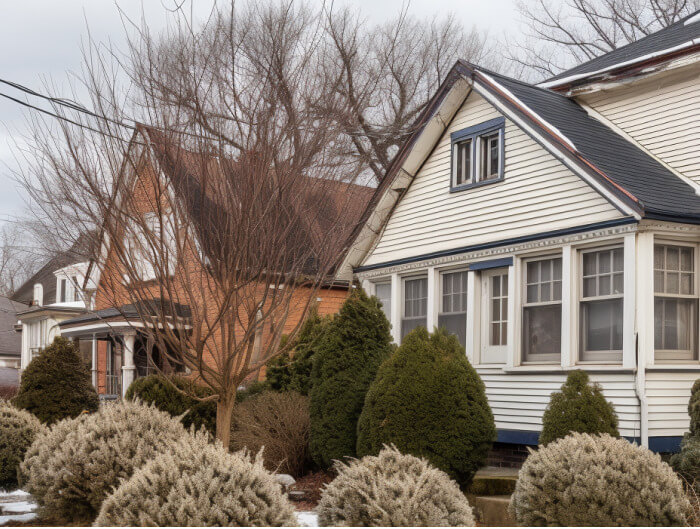
Reduced Stress and Better Healing
During winter, trees enter a state of dormancy with minimal metabolic activity, so pruning at this time places less stress on the tree, as it is not actively growing, flowering, or bearing fruit. Trimming in winter also allows trees to heal from pruning wounds before the surge of growth in spring, promoting faster recovery and robust new growth.
Disease Management
Pruning in winter helps lower the risk of disease transmission since many tree diseases spread through spores that are more active during warmer months. When these spores are dormant, the risk of infection is minimized. With the foliage gone, it’s also easier to identify signs of disease and decay, allowing for more targeted pruning that effectively removes diseased portions.
Pest Deterrence
Many pests that can harm trees are less active in winter, making it an ideal time for pruning to reduce the likelihood of attracting pests to fresh cuts. Removing dead or weak branches during this dormant season also serves as preventative care, deterring pests from nesting and infesting the tree in the upcoming seasons.
Find the Right Contractor for Your Tree Services Project
Whether you’re ready to begin your project now or need some expert advice, our network of contractors are here to help. With a few simple questions, we’ll find the best local professionals for you
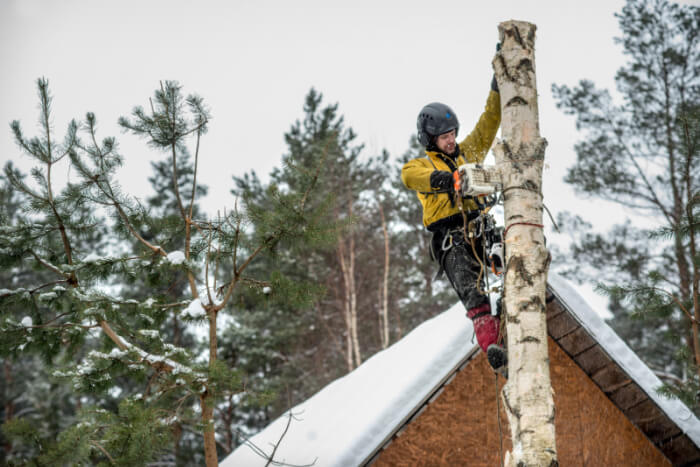 Landscaping and Safety Considerations
Landscaping and Safety Considerations
Tree trimming in winter causes minimal disruption to the surrounding landscape, as most garden plants are also dormant during this time. It is also safer to remove hazardous branches or limbs before heavy snowfalls or ice storms, which could add extra weight and stress to the tree, potentially causing damage or injury.
Optimal Timing for Certain Species
Some tree species, especially those prone to sap bleeding or certain diseases, benefit greatly from winter pruning, which caters to their specific growth and health needs. The dormant state of trees in winter, coupled with reduced pest and disease activity, creates an optimal environment for effective and safe tree trimming. This strategic timing helps maintain the health and aesthetics of the trees and prepares them for vigorous growth in the spring.
Exceptions and Considerations for Winter Tree Trimming
While winter is often an ideal time for tree trimming, there are important exceptions and considerations to keep in mind. Understanding these can help ensure that your tree care practices are beneficial and do not inadvertently harm your trees.
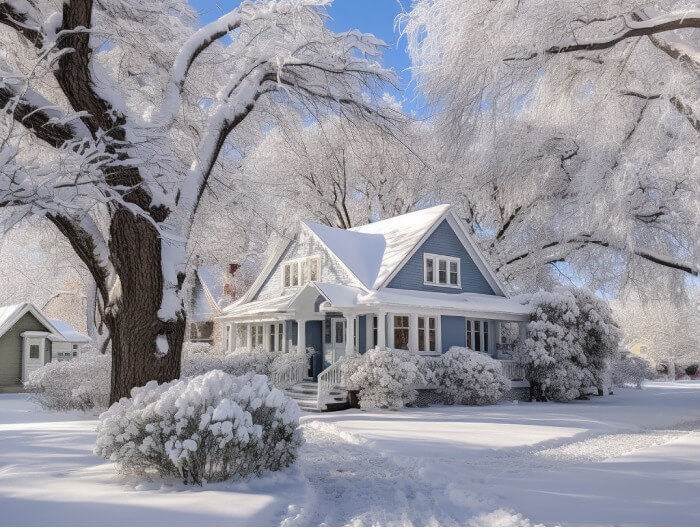
- Species-Specific Pruning Requirements
- Variation Among Tree Species: Different tree species have unique pruning needs and timings. For instance, spring-flowering trees like dogwood and magnolia might be best pruned just after their blooming period, as winter pruning could cut off flower buds.
- Considerations for Fruit Trees: Some fruit trees may require pruning at specific times to maximize fruit production or maintain a certain shape.
- Risk of Sap Bleeding
- Sensitive Species: Trees like maples, birches, and walnuts are prone to sap bleeding when pruned in late winter. While not harmful to the tree, this can be messy and unappealing.
- Timing Adjustments: For these species, it might be better to prune in late spring or early summer when the sap is less likely to flow excessively.
- Weather Extremes and Environmental Stress
- Harsh Winter Climates: In areas with extremely cold temperatures, pruning wounds might not heal effectively, exposing trees to potential damage and disease.
- Avoid Pruning in Adverse Conditions: It’s best to avoid pruning during periods of frost or when a tree is under environmental stress, such as a drought.
- Potential for Wildlife Impact
- Habitat Consideration: Trees can be habitats for wildlife, especially in winter. Care should be taken not to disturb nesting birds or hibernating animals.
- Check for Wildlife: Before pruning, inspect the tree for signs of wildlife and consider postponing if necessary.
- Aesthetic and Growth Impact
- Shape and Beauty: Incorrect pruning can affect the natural shape and beauty of a tree. Over-pruning in winter might lead to unsightly growth in spring.
- Balance and Moderation: It’s important to balance the removal of necessary branches with maintaining the tree’s natural form.
- Professional Assessment and Advice
- Consult an Arborist: For the best outcomes, especially for significant pruning or with valuable or large trees, consulting a professional arborist is recommended.
- Expertise and Equipment: Arborists have the knowledge, experience, and equipment to prune correctly, considering the tree’s health, safety, and aesthetics.
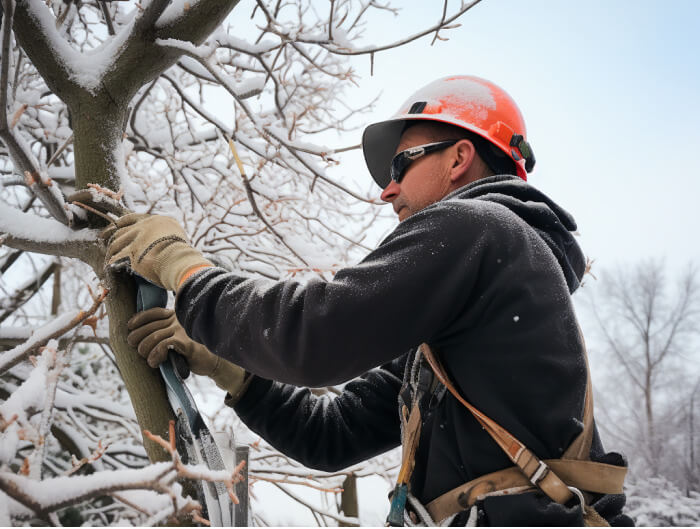
Is Winter the Best Time to Trim Trees?
Winter can be an excellent time for tree pruning, but it’s not universally ideal for every tree or situation. Factors such as tree species, local climate, tree health, and wildlife presence should be considered. While winter offers several advantages, such as reduced pest activity and less landscape disturbance, it’s crucial to account for your trees’ specific needs. Consulting with a professional arborist or tree care specialist can provide tailored advice and ensure your pruning activities are both effective and considerate of your trees’ health and the surrounding environment.
Find the Right Contractor for Your Tree Services Project
Whether you’re ready to begin your project now or need some expert advice, our network of contractors are here to help. With a few simple questions, we’ll find the best local professionals for you
Reviews from Real Homeowners
Welcome to Homeowner Resources! We are the Modernize blog. Modernize pairs more than 3 million homeowners a year with pre-vetted contractors in their area. This blog started because we believe homeowners should know everything about their homes, from how their HVAC works to which front door colors they might love. On Homeowner Resources, you can find information on every part of your home, right down to how you can negotiate with contractors to get the best price. Here's more about the blog.
Need a contractor? Learn more about how Modernize finds the right pro for you.

